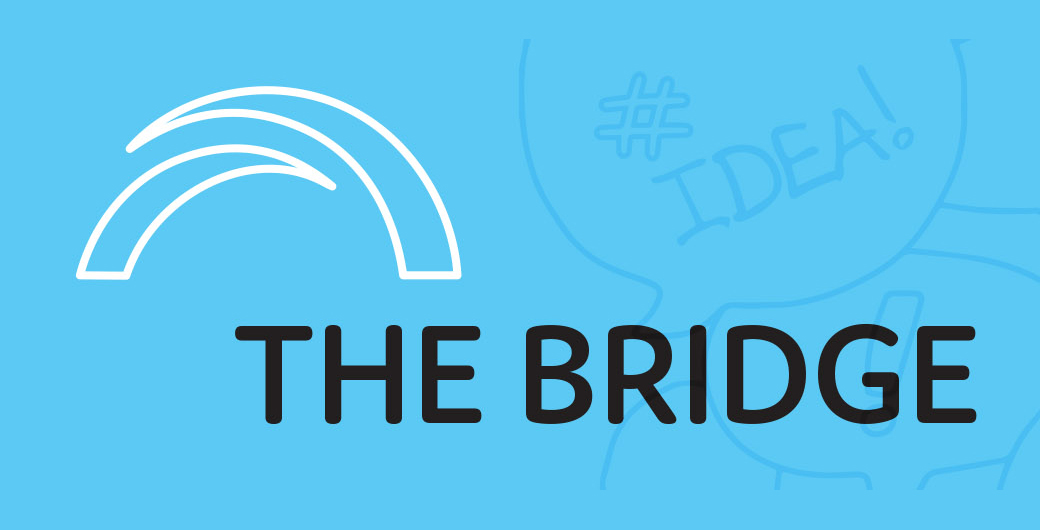
Policy studies often assume baseline parameters underpinning the development of “good” policies, such as honest governments doing their best to create public value and policy-making processes that align with the public interest. A Cambridge Elements monograph makes the case for paying attention to the dark side of policy making which can be found in bad policy outcomes and bad policies. It occurs when the vices of uncertainties, poor preparation and poor competencies thwart the ability of policies to serve the public interest.
Defining the dark side
The dark side of public policy discussed in the monograph is metaphorical in two senses: it refers both to the opacity of decision-making processes and to the dark, or less than public interested, motives of many of those involved in policymaking and “policy taking”.
Problems with policy designs caused by the dark side of policy making relate to the uncertainty inherent to real-world political settings. They are also caused by the recalcitrance of many policymakers and policy takers to comply with or promote the public interest and public value in their activities.
Much policy and policymaking “on the dark side” is almost by definition opaque and resistant to scrutiny and analysis. It is also non-inclusive. The exclusion of specific sections of the public from participating in policy-creation processes and outcomes is often the result of intentional structural and agential strategies to shape how policy is made, and the people it benefits. Rather than promote openness and transparency, these efforts can intentionally exclude, preclude, or ostracise some sections of the population.
The idea of inherent policy vices
The challenges of achieving better policy outputs and outcomes amount to more than overcoming capacity limits and external risks. There are other additional risks that are inherent to policymaking and cannot be avoided, although they can be mitigated. These risks can be framed as sources of policy volatility or the likelihood or propensity of any policy design to fail.
Inherent vices or inevitable risks to public policy include the presence of malice in policymakers and that of non-compliance in policy-takers. They also include problems related to a lack of preparation for surprises and an all-too-common inability to learn from past experience.
Like a stock portfolio in which some failures are expected and can be hedged against, the monograph argues here that policy designs must deal with these kinds of internal risks head on. It cannot be simply assumed that everything will work out for the best if a government’s intentions are good.
Reducing policy volatility by design
There are four principal (and overlapping) ways through which policies can be designed so as to limit their risks of failure. These include designing to enhance:
1. Resistance: planning for the worst possible case or future situation and enhancing preparedness.
2. Resilience: making sure that the system can recover quickly whatever happens in the future
3. Static robustness: aiming at reducing vulnerability in the largest possible range of conditions; and
4. Dynamic robustness (or flexibility): planning to change policies over time, in case conditions change.
The kinds of tools governments have to deal with policy vices are mainly procedural ones. These are tools that are put in place to control aspects of policy processes and policy behaviours. In many instances these tools have to do with managing actors in the policy process.
The bottom line
There is a dark side to public policy that is manifested in bad policy outcomes and bad policies. It is found where the separate or combined vices of uncertainties, poor preparation, poor competencies, or the ill-intent of actors or groups of actors thwart the ability of policies to serve the public interest. It includes both the activities of policy makers and policy takers, and this behaviour needs to be carefully examined and incorporated into thinking about policy making if it is to advance the creation of effective policy designs.
To anyone who has worked in public policy, the challenges of complexity, ambiguity, and error are familiar and unwelcome companions in policy formulation, decision-making, and implementation. The five inherent vices of policy that are discussed – unpreparedness, non-learning, uncertainty, maliciousness, and non-compliance – remain a constant threat to policy makers.
Many cases of bad policy involve deviating from the public good and attaining public value through a lack of effective organisational processes for internal risk assessment. As such, they potentially can be curtailed through improved internal risk mechanisms. This requires policy advisors and decision-makers to recognise and manage the policy vices.
Want to read more?
- Bad public policy – Michael Howlett, Ching Leong and Tim Legrand, Cambridge Elements, April 2025
Each fortnight The Bridge summarises a piece of academic research relevant to public sector managers.

Recent Research Briefs on policy-making – good and bad – include:
- Published Date: 23 April 2025
